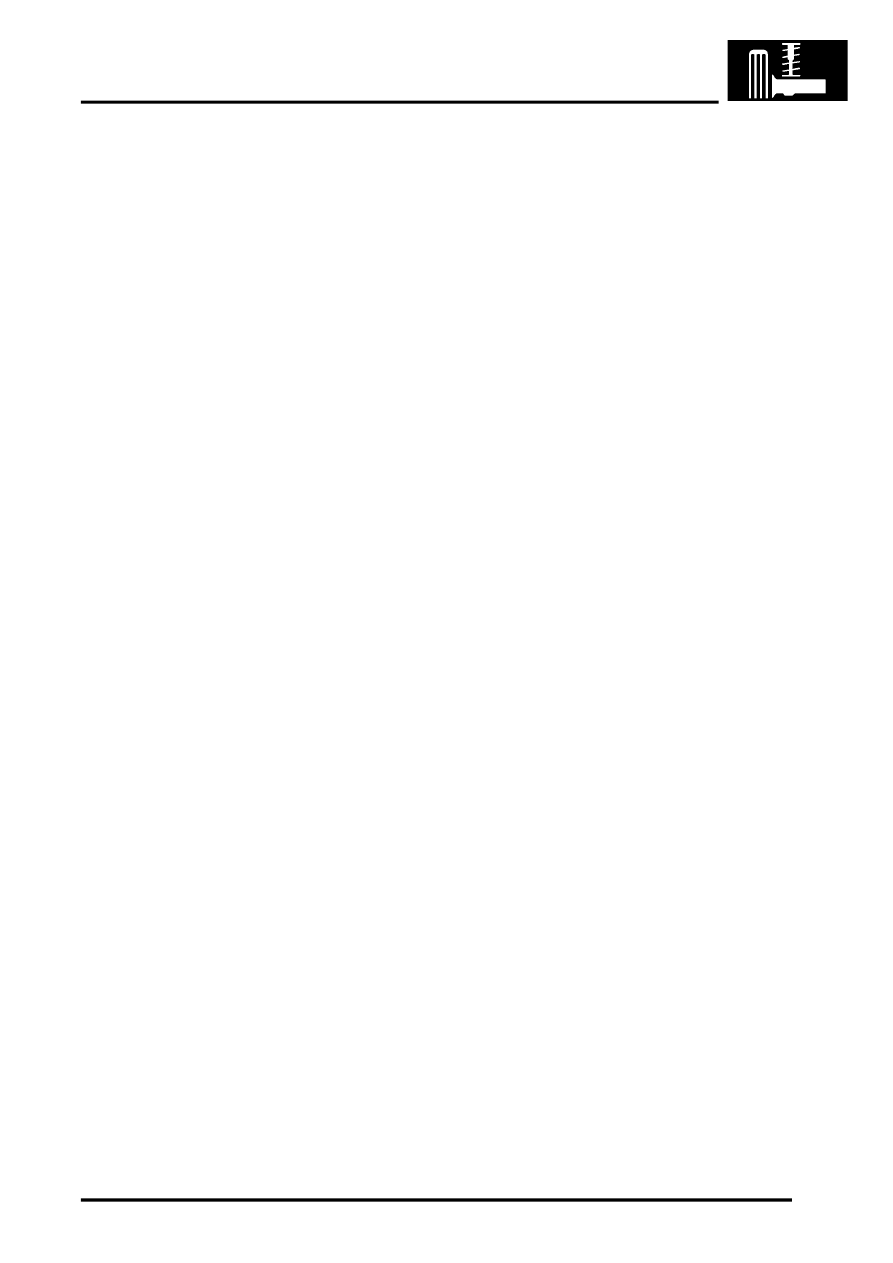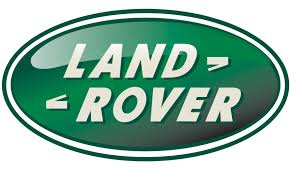Freelander System Description and Operation

FRONT SUSPENSION
DESCRIPTION AND OPERATION
60-5
A spring aid and a bump cup are fitted to the damper to prevent shock loads when the damper is fully compressed.
A dust cover prevents the ingress of dirt and water to maintain the integrity of the chromium plated damper rod.
The damper functions by restricting the flow of hydraulic fluid through internal galleries within the damper. A chromium
plated damper rod moves axially within the damper. As the rod moves, its movement is limited by the flow of fluid
through the galleries thus providing damping of undulations in the terrain. The damper rod is sealed at its exit point
from the damper body to maintain fluid within the unit and to prevent the ingress of dirt and moisture. The seal also
acts as a wiper to keep the rod outer diameter clean.
Anti Roll Bar
The anti-roll bar is mounted to the upper face of the front subframe in two places. Rubber bushes fitted to the anti-roll
bar are held in position by two clamps retained with bolts. The outer ends of the anti-roll bar are each connected to a
link, which in turn is attached to the damper.
The links have a ball joint at each end. The link transmits suspension movements directly to the anti-roll bar. The
design of the links reduces the steer effects commonly found in this type of suspension.
Lower Suspension Arms
The lower suspension arms are fabricated from steel and each arm is handed. The arms are attached at two pivot
points. The forward end of the arm contains a bush and is attached to lugs on the front subframe with a bolt. A spigot
on the rear mounting of the arm engages with a bush and housing assembly and is retained with a snubber washer
and a nut. A ball joint is located on the outer part of the arm and is connected to the swivel hub and secured with a nut.
The two pivot bushes have a significant role in vehicle handling. The bushes control the longitudinal movement of the
wheel due to braking, acceleration or surface undulations.
Front Bush
The front bush is located at a specified angle to the axis of rotation of the lower suspension arm. The front bush is
deflected radially and axially as the wheel moves rearwards. The angle of the bush ensures that the wheel moves
directly rearward reducing the effects of longitudinal steer to a minimum.
Rear Bush
The rear bush is mounted on the axis of rotation of the lower suspension arm. In the radial direction the bush is
relatively soft in its construction. In the axial direction, the bush is very soft for the first 2 mm of movement. Snubbing
areas to the front and rear of the bush provides a progressive increase in the hardness of the bush as the deflection
of the wheel increases. The rear bush controls the amount that the wheel can move forward or rearward.
